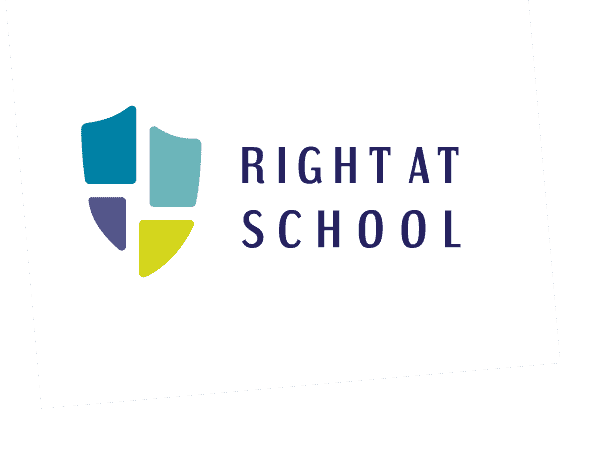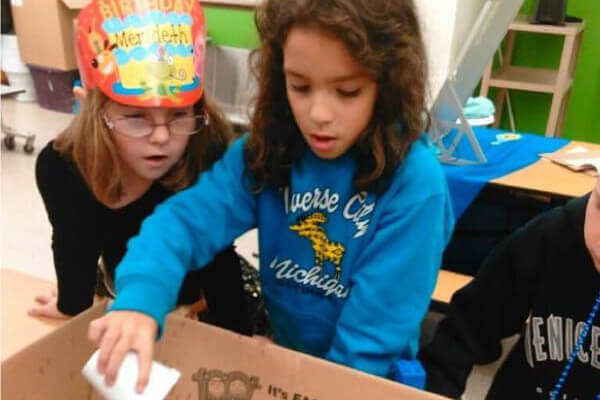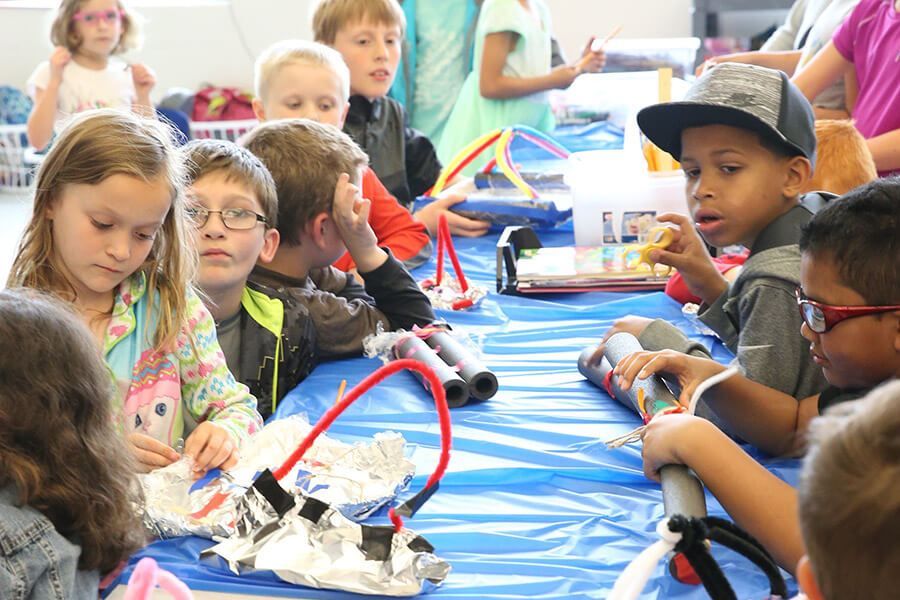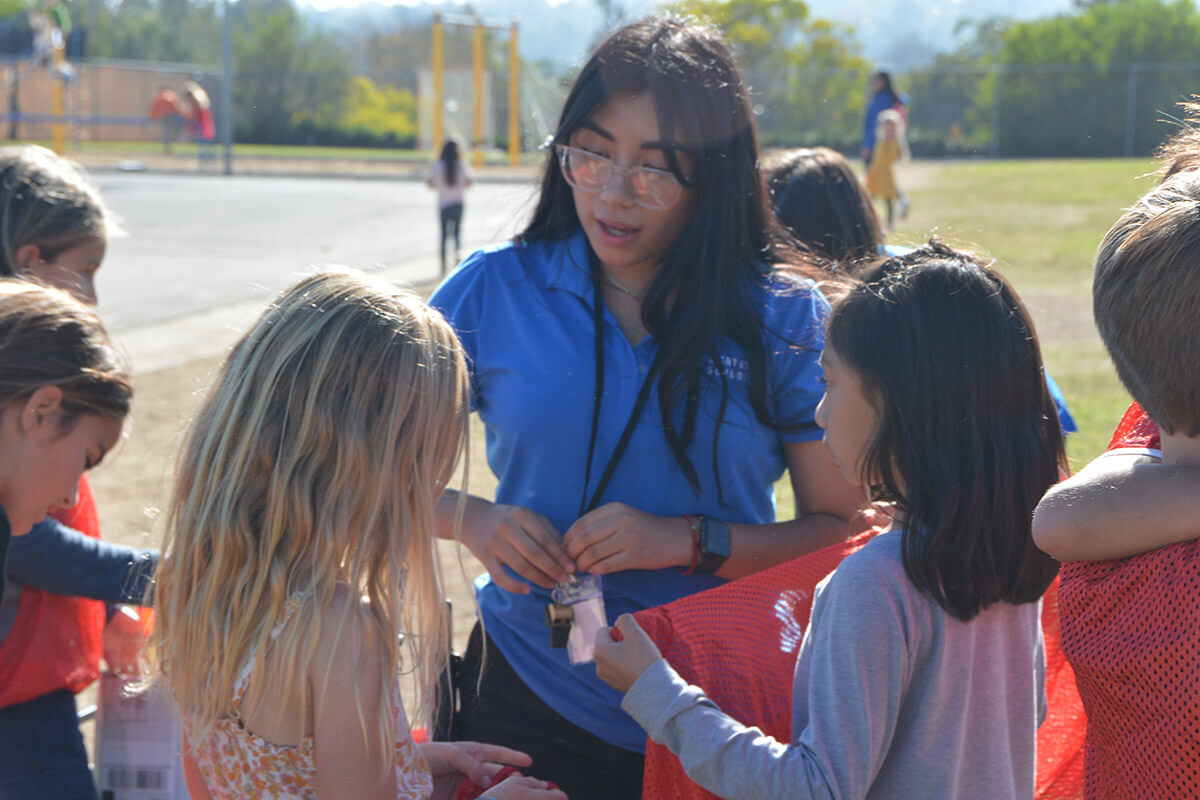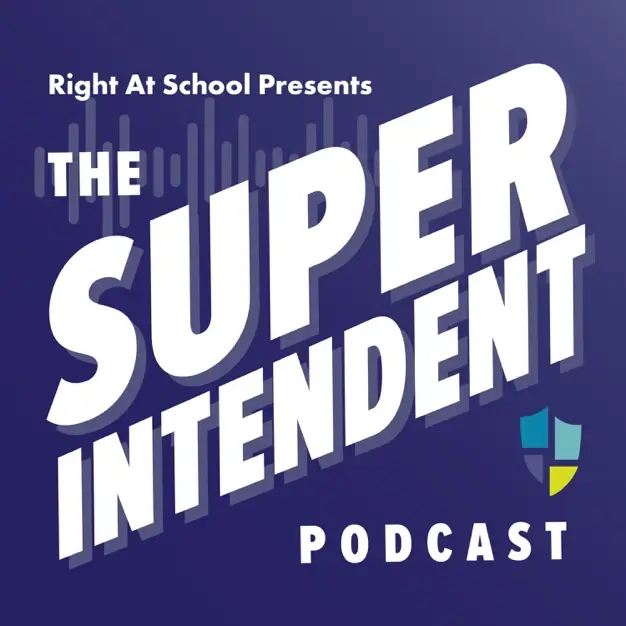The school day can trigger a mixture of emotions for students. While nervous energy and excitement are common as at the start of a new school year, anxious feelings may be amplified throughout the year.
The trauma and stress of a global pandemic, social isolation, and disruptions to students’ daily routines have taken a toll. Research indicates that child and adolescent anxiety has increased considerably during COVID-19, and estimates suggest that 1 in 5 youth are experiencing clinically elevated anxiety symptoms.
What can we do as educators? Here are a few ways to help ease student anxiety and plan for a successful year.
1. Look for signs and symptoms of anxiety.
While experiencing occasional anxiety is a normal part of life, feeling too much anxiety can interfere with daily activities, like schoolwork.
According to the Centers for Disease Control and Prevention, “anxiety may present as fear or worry, but can also make children irritable and angry.” Further, the American Academy of Child and Adolescent Psychiatry states that “because anxious children may also be quiet, compliant, and eager to please, their difficulties may be missed.”
Anxiety can trigger a number of changes in children’s behaviors or mood. Common symptoms and signs include:
- Frequent crying
- Tantrums
- Inattention
- Inability to sit still
- Nail chewing
- Loss of appetite or eating too much
- Irritability or angry outbursts
- Fatigue, headaches, or stomach aches
- Needing to go to the bathroom more than usual
- Withdrawal from peers and activities
2. Focus more time and attention on social-emotional learning (SEL).
An increased focus on SEL can help students cope with school jitters and anxiety. In addition to benefits such as improvements in social and emotional skills, attitudes, and academic performance, research studies show that SEL can lower children’s levels of emotional distress, and reduce anxiety and behavior problems.
The good news for educators is that SEL can be seamlessly integrated into a district or school’s educational program, culture, and norms — and it can be taught outside of the school day as well.
3. Make SEL a priority before and after school, too.
Before and after school enrichment can provide students with hours of positive socialization and SEL every week — and renew their sense of belonging in the school community. Whether developing an in-house program or partnering with an outside organization, be sure to look for a provider or staff with a proven track record in SEL.
SEL has always been a core competency of Right At School, and our SEL curriculum is based on CASEL standards. Our curriculum focuses on character traits and social support mechanisms that help students develop positive self-identity and find community with their peers. From character-building to diverse cultural experiences, kids come home from Right At School with bigger smiles, new friends, and a feeling of growth. For schools or districts with SEL initiatives, we gladly mirror and extend your school day work in our enrichment programs.
4. Use routines to help reduce students’ stress and anxiety.
Routines are an important part of the school day, and they should be an integral part of before and after school experiences, too. Routines provide a sense of security. They allow children to feel safe and teach them how to manage themselves and their environments — all of which can reduce stress and anxiety.
For example, Right At School starts each morning and afternoon with a routine we call Town Hall. This is an opportunity to gather as a community to celebrate student birthdays and accomplishments, set expectations for the day, reinforce character traits, and reflect on the prior day’s learning.
5. Encourage students to mentor younger peers.
Mentoring is another effective way reduce anxiety. Mentoring can help older children develop more confidence in themselves and their abilities, and help younger children feel encouraged and inspired.
Because older children thrive on early leadership opportunities but rarely get the chance to be around younger peers during the school day, Right At School developed the Junior Educator Program. Through this program, fourth and fifth grade students are provided an opportunity to become peer leaders. Mentored by highly trained and experienced staff, they learn to plan and organize program activities for younger peers, spearhead service learning projects, and lead peers in team-building and self-esteem boosting activities.
6. Create opportunities for children to help others.
High levels of anxiety can make kids turn inward and focus on themselves. Turning attention toward helping others can boost feelings of well-being, and help them feel socially connected and happier.
Right At School utilizes service learning to instill positive character traits, belonging, and leadership. An example is a thematic unit called Right Club Gives Back, where students launch service projects of their own interests, including collecting socks for homeless shelter residents, making cards for a community nursing home, and sending messages of appreciation to U.S. troops overseas.
The school year is full of promise and potential. Anxiety can negatively affect students’ academic performance and trigger disruptive behaviors — and the pandemic is adding extra layers of tension and worry. Integrating SEL strategies before, during, and after school can improve students’ social-emotional skills and confidence and give them the tools to tackle stress and anxiety now and into the future. If you’re interested in how Right At School can help your school or district further its SEL initiatives, schedule a discussion with us today!
